Using Utensil Placement
to
Send Signals to Servers
A Second Debut of a Very Popular Article from 2019
Misinformation abounds on the internet. This is just as true with etiquette information as it is with any other subject.
When I saw a graphic circulating on social media depicting the positions of dining utensils to signal a message to a server, I had to set the record straight. In fact, fellow Etiquette Enthusiast and Educator, Maura Graber, site moderator and editor of Etiquipedia(c) Etiquette Encyclopedia has been fighting an uphill battle to call attention to a particular false infographic that appears on dozens of websites in the U.S. and other countries where knives and forks are used.
The graphic I am referring to illustrates five positions in which you can place your knife and fork to relay a message to your server. (Two, the Pausing and Finished shown above are correct.)
When I saw a graphic circulating on social media depicting the positions of dining utensils to signal a message to a server, I had to set the record straight. In fact, fellow Etiquette Enthusiast and Educator, Maura Graber, site moderator and editor of Etiquipedia(c) Etiquette Encyclopedia has been fighting an uphill battle to call attention to a particular false infographic that appears on dozens of websites in the U.S. and other countries where knives and forks are used.
The graphic I am referring to illustrates five positions in which you can place your knife and fork to relay a message to your server. (Two, the Pausing and Finished shown above are correct.)
Three of the five positions illustrated demonstrate very poor etiquette and are actually rude to the server.
From the Server’s Perspective
The job of your server is to receive your food and drink order, deliver it to your table when ready, and take your plate away when you are finished eating.
Servers are busy -- juggling multiple tables and lots of information truly does take talent. The “pause” and “finished” utensil positions let her know at a glance whether your table has plates to be removed, or if she can continue with other tasks.
Servers are busy -- juggling multiple tables and lots of information truly does take talent. The “pause” and “finished” utensil positions let her know at a glance whether your table has plates to be removed, or if she can continue with other tasks.
Utensils placed in the “paused” or “resting” position let your server know you are not finished eating and your plate does not need to be removed.
Utensils placed in the “finished” position let your server know you have finished eating and she may take your plate.
Neither of these utensil signals require verbal communication for your server to know what action to take. In other words, they make your server’s job easier and prevent additional disruptions in your table conversation.
Two – and Only Two - Signals
Dining etiquette involves not only proper use of your utensils while eating, but using them to signal information that makes dining pleasant for everyone.
Servers appreciate you letting them know what assistance you require from them. And non-verbal signals are a small but significant part of civilized dining.
However, the only signals your server needs to receive via utensil placement is whether you are pausing during your meal, or whether you are finished with your meal. There is no tradition anywhere that requires any other signals. Attempting to do so only causes confusion.
I am joining Ms. Graber and other informed etiquette consultants urging you to ignore any image teaching inappropriate communication to diners and restaurant servers. Won’t you join us?
Servers appreciate you letting them know what assistance you require from them. And non-verbal signals are a small but significant part of civilized dining.
However, the only signals your server needs to receive via utensil placement is whether you are pausing during your meal, or whether you are finished with your meal. There is no tradition anywhere that requires any other signals. Attempting to do so only causes confusion.
I am joining Ms. Graber and other informed etiquette consultants urging you to ignore any image teaching inappropriate communication to diners and restaurant servers. Won’t you join us?
You can download the infographic here that shows correct and incorrect utensil placement signals.
Contributor, Candace Smith is a retired, national award-winning secondary school educator, Candace Smith teaches university students and professionals the soft skills of etiquette and protocol. She found these skills necessary in her own life after her husband received international recognition in 2002. Plunged into a new “normal” of travel and formal social gatherings with global leaders, she discovered how uncomfortable she was in many important social situations. After extensive training in etiquette and protocol, Candace realized a markedly increased confidence level in meeting and greeting and dining skills and was inspired to share these skills that will help others gain comfort and confidence in dining and networking situations. Learn more at http://www.candacesmithetiquette.com/
🍽Etiquette Enthusiast, Maura J. Graber, is the Site Editor for the Etiquipedia© Etiquette Encyclopedia
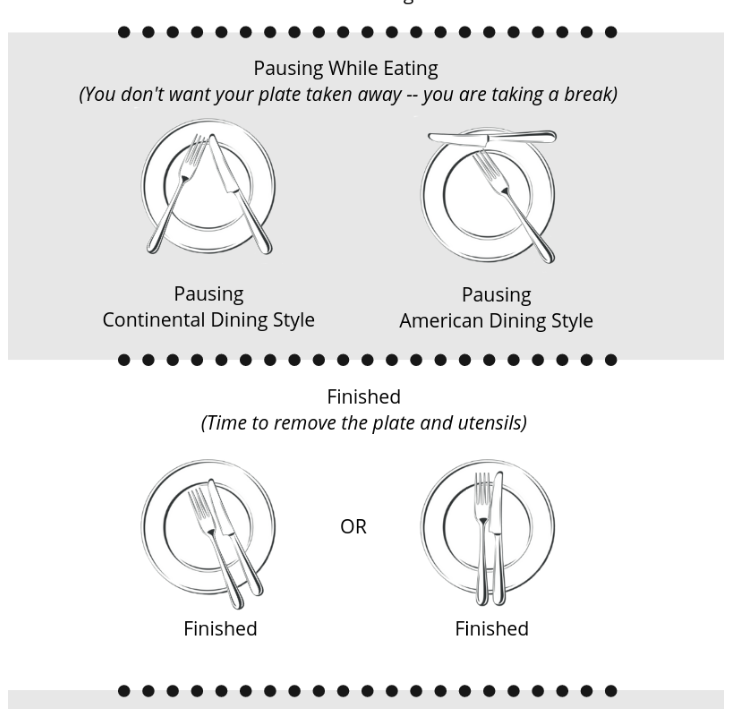
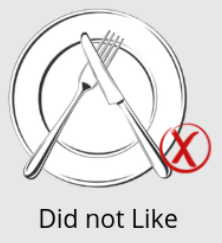
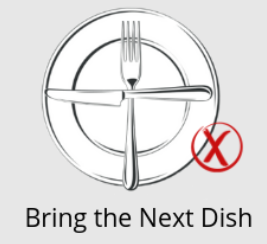
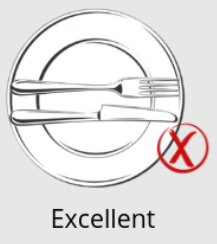
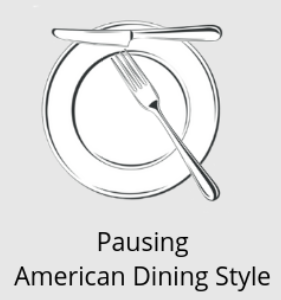
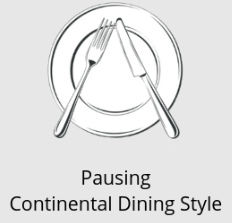
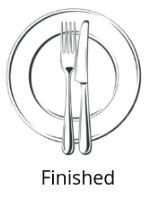
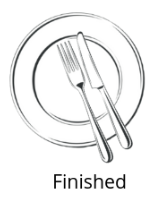

No comments:
Post a Comment
Note: Only a member of this blog may post a comment.